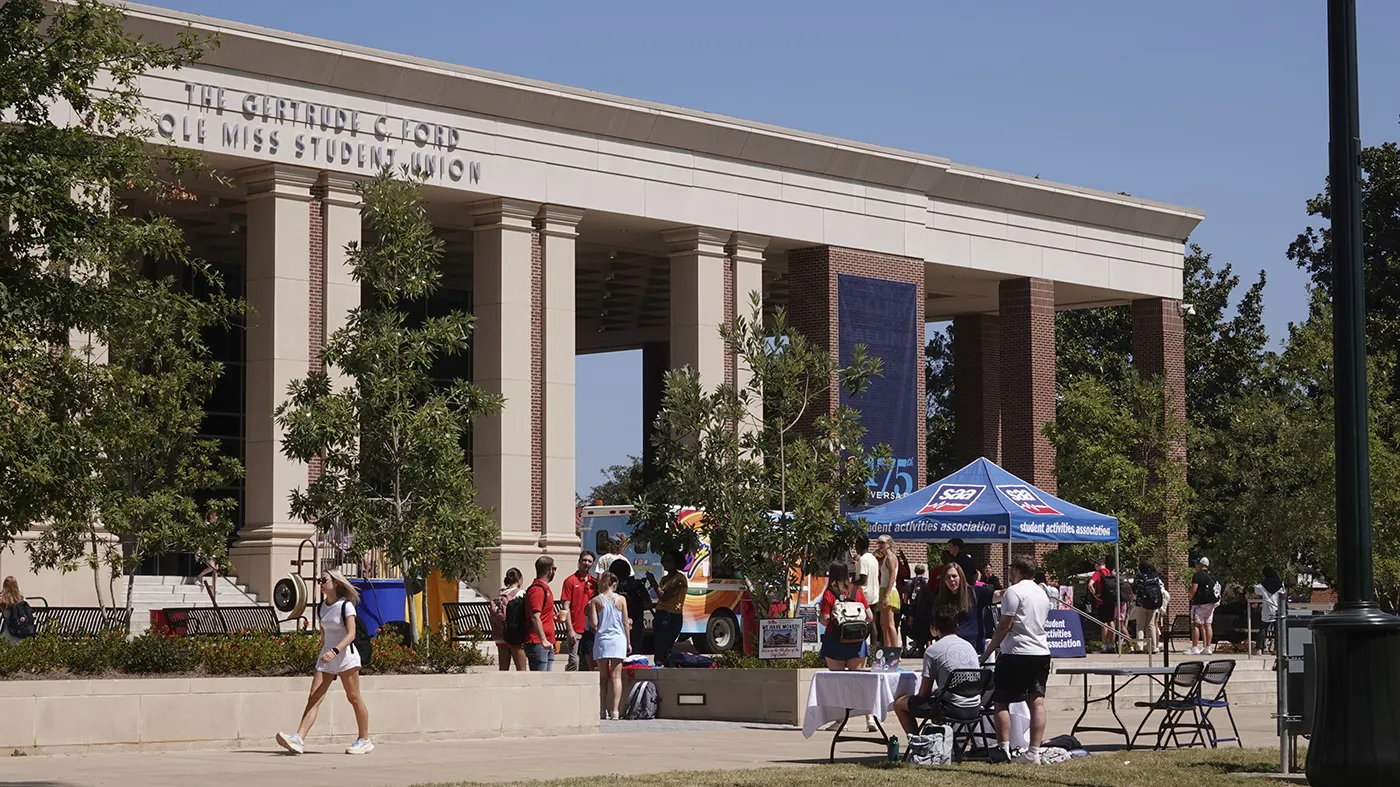The Cost of College is Quietly Going Down: Analyzing Current Trends

Understanding the Decline in College Costs
The cost of college is quietly going down, fueled by several economic factors that have shifted the landscape of higher education. According to recent data from the College Board, average in-state tuition for public universities has decreased to $11,610 per year, marking a progressive decline from a decade ago.
Declining Tuition and Student Debt
- In-state tuition: Now at $11,610, down from $12,140.
- Average student debt: Decreased by 10%, now at $27,100.
- Grant aid impact: After aid, students now pay an average of just $2,480.
These statistics highlight a positive trend, suggesting that the financial burden on students may be lessening amidst rising public concern regarding college affordability.
The Shift in Public Perception
Media portrayals often emphasize escalating tuition rates, yet the reality exhibits a more optimistic scenario. Jennifer Ma, co-author of the report, asserts, “The average sticker prices have declined the last five years across all three major sectors.” This is particularly true for public institutions where many students experience lower actual costs.
Future Considerations
While these trends are promising, experts urge caution. Increased federal and state funding has played a crucial role, but the sustainability of this support may be uncertain. Stephanie Hall expresses concern for the long-term effects, warning that if dependence on financial aid diminishes, the equilibrium of college costs may be jeopardized.
This article was prepared using information from open sources in accordance with the principles of Ethical Policy. The editorial team is not responsible for absolute accuracy, as it relies on data from the sources referenced.